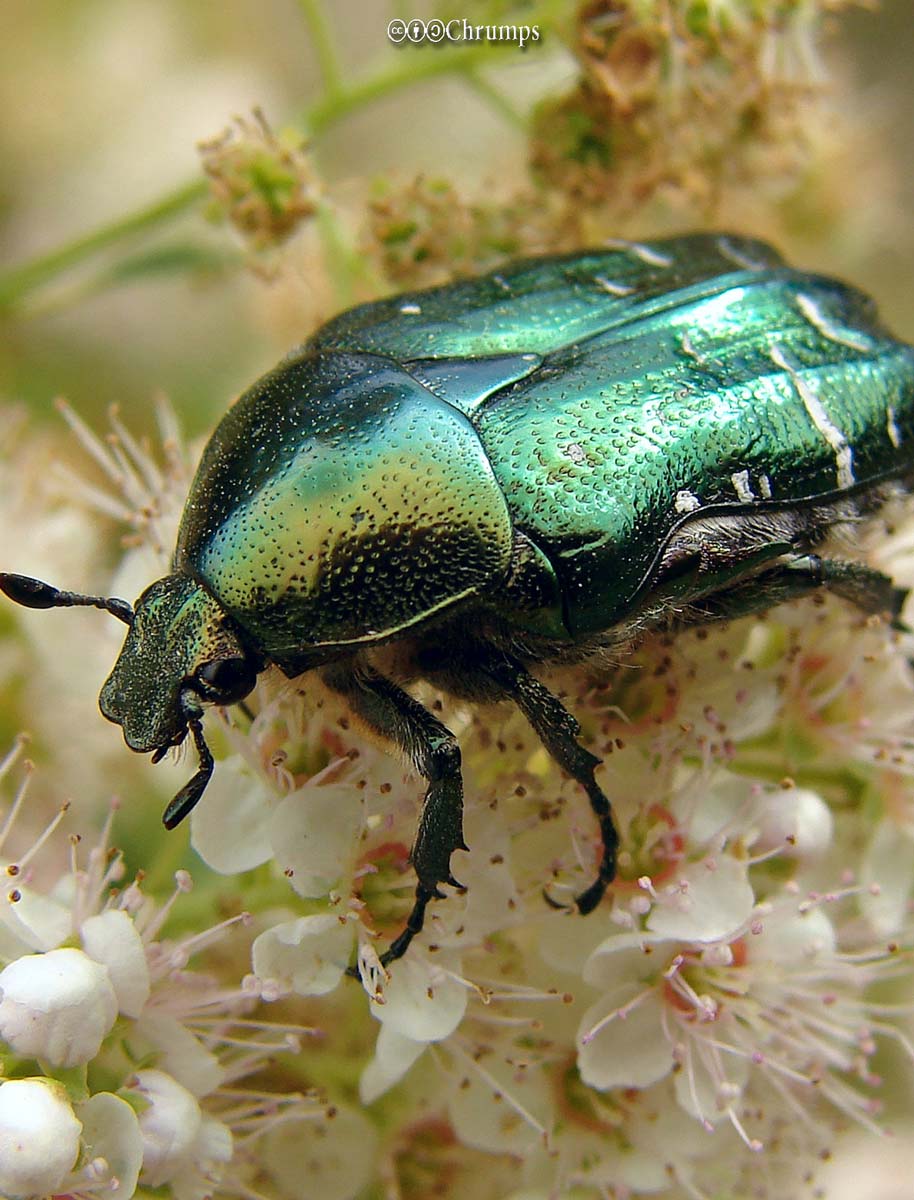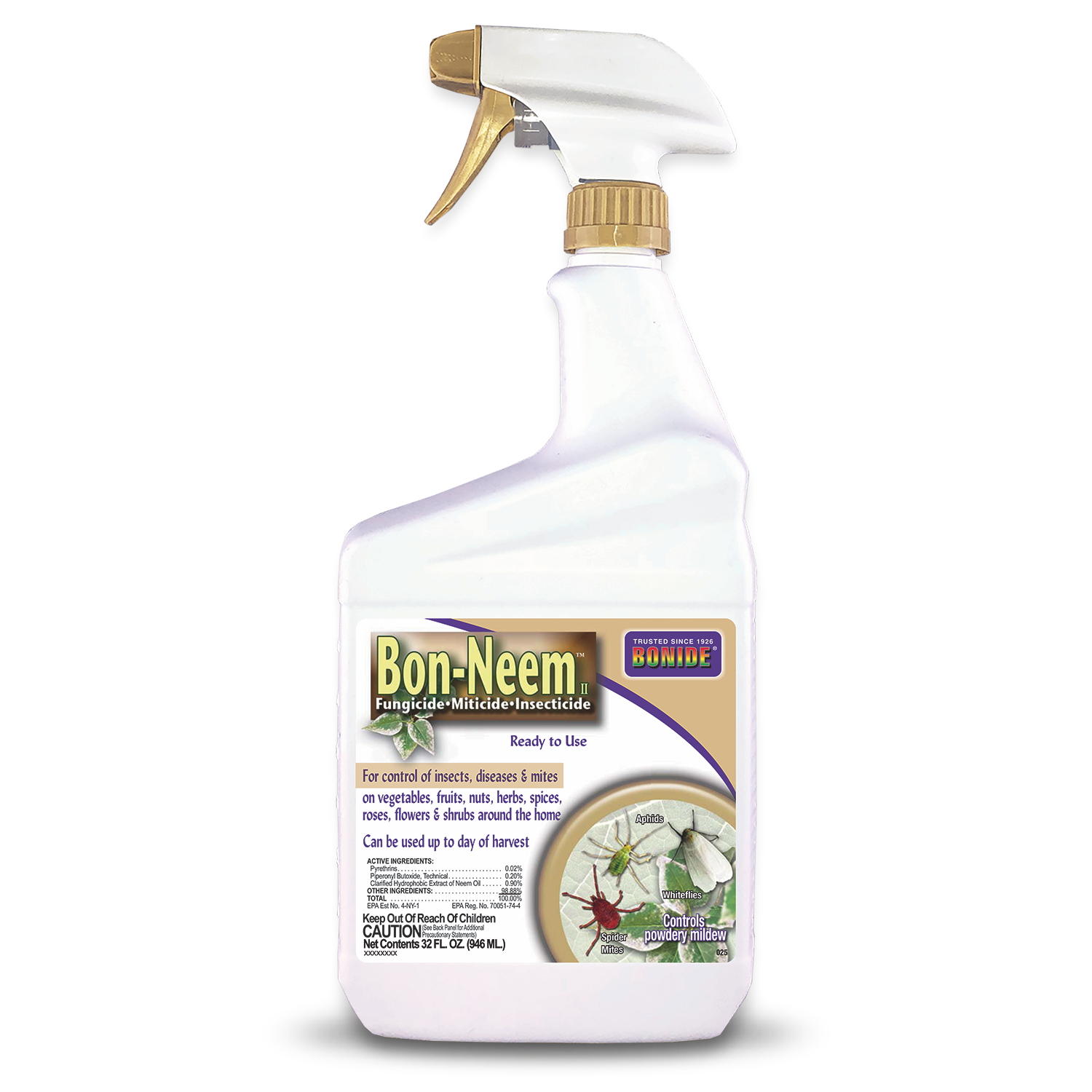
Unlike most insects named after particular plants, the rose chafer doesn’t limit itself to one target. It’s a general pest. The 2 1/2 inch long adults, slender, long legged, and light tan in color, feed in swarms, attacking flowering plants first, then moving on to other kinds of plants. The slim, white, 1/4 inch long grubs damage grass roots the same way Japanese beetle and June beetle grubs do but only in sandy soils.
Target: Many flowers, including roses and peonies; some fruits and vegetables; lawns.
Damage: Leaves are chewed to lace and holes are eaten in flowers (adults); brown patches of lawn roll up (larvae).
Life cycle: After emerging in spring, adults feed for a few weeks, then lay eggs in sandy soil. The grubs hatch and feed near the surface, then tunnel deeper to overwinter. In spring, they move upward and feed for a time, then pupate near the surface. There is one generation a year.
Notes: Rose chafer grubs are not susceptible to milky spore disease.





